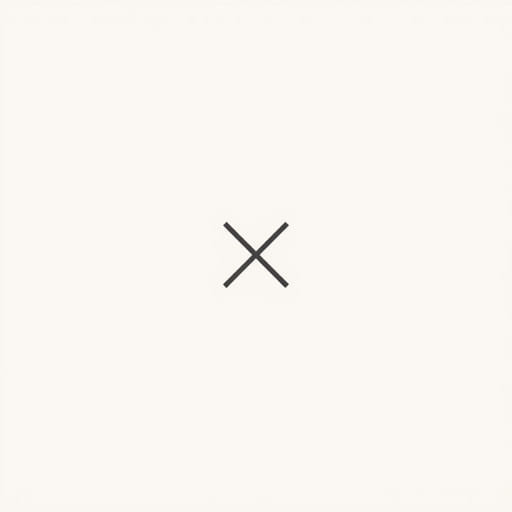Anathema To An Aesthete Clue
When solving word puzzles or crossword clues, especially those that lean on nuanced vocabulary, phrases like anathema to an aesthete can stop even experienced solvers in their tracks. It’s a clue that fuses two distinct yet deeply expressive concepts: anathema, meaning something detested or repugnant, and aesthete, a person who values and is sensitive to beauty, especially in art and nature. To fully understand this clue, we must explore not just the definition of the terms, but also what would truly be considered offensive or revolting to someone whose life revolves around beauty. Understanding the implications hidden within this phrase helps both word enthusiasts and language learners decode the deeper message behind this elegant clue.
Understanding the Clue: Breaking It Down
The Meaning of ‘Anathema’
Anathema originates from the Greek word anatithenai, meaning to dedicate. In early usage, it referred to something dedicated to divine use. However, over centuries, the meaning evolved. In modern English, anathema generally signifies something that is strongly disliked or even cursed. It is used in formal or literary contexts to describe something deeply detested or avoided.
Defining the ‘Aesthete’
An aesthete is someone who has a refined sensitivity to beauty, particularly in the arts. This person appreciates harmony, proportion, design, and creativity. Aesthetes are often associated with the fine arts painting, sculpture, architecture, music but their appreciation of beauty can extend to fashion, nature, and even everyday objects.
Therefore, the phrase anathema to an aesthete suggests something that an aesthete would find deeply offensive, jarring, or out of alignment with their ideals of beauty and elegance.
Possible Answers to the Clue
Common Words That Fit the Definition
When considering what might be anathema to an aesthete in a crossword or puzzle setting, the answer is often a word representing ugliness, vulgarity, or chaos. Here are a few possible answers and their contextual justification:
- Eyesore A common term used to describe something visually offensive. It could be a poorly designed building, litter, or clashing colors. For an aesthete, such a visual disruption is indeed anathema.
- Kitsch Refers to art or design considered to be in poor taste because of excessive garishness or sentimentality, often mass-produced. While some people enjoy kitsch ironically, an aesthete may see it as lacking depth or elegance.
- Clutter Disorganization and messiness are often the antithesis of an aesthete’s pursuit of order and beauty.
- Garish Something that is overly bright, flashy, and tasteless in appearance would be deeply unsettling to someone with a refined visual sensibility.
- Ugly Though subjective, this simple word can summarize what an aesthete may reject aesthetically.
Contextualizing in Crossword and Puzzle Games
In crossword puzzles, clues are often cryptic or metaphorical. The clue anathema to an aesthete doesn’t just seek a synonym for ugly it seeks a word that captures what a beauty-lover might abhor. The beauty of the clue lies in its poetic juxtaposition. Solvers are expected to think not just in direct definitions but in layered meanings. It’s about imagining what would cause discomfort or revulsion in a person who lives for harmony and art.
Why This Clue Appeals to Solvers
It Engages Both Vocabulary and Imagination
Unlike straightforward clues, this one challenges you to step into the mindset of another person a highly specific one, in fact. To solve it, you must know the words and also understand the psychology of someone with deep aesthetic values.
It Has a Literary Tone
Anathema to an aesthete sounds like something from a refined essay or novel. The phrasing is elegant and evocative, adding to the charm and sophistication of the puzzle itself. It challenges the solver’s cultural literacy as much as their vocabulary.
Words That Are Aesthetically Offensive
To better understand what types of things an aesthete may consider anathema, we can consider a broader set of concepts and imagery that clash with beauty and refinement:
- Noisy neon signage Overwhelming colors and flashing lights can overwhelm delicate sensibilities.
- Unbalanced design Items or architecture that lack symmetry, proportion, or elegance.
- Mass-produced decorations Factory-made items with no artistic intent or craftsmanship.
- Disorderly spaces Messy or chaotic environments can disturb a person seeking visual calm and order.
- Jarring music or sound Harsh sounds can be just as upsetting to an auditory aesthete as visual discord is to the visual one.
The Broader Implication: Aesthetic Sensibility in Language
How Puzzles Reflect Human Preferences
Word puzzles are more than a game they mirror human emotions, values, and sensitivities. The clue anathema to an aesthete tells us not just what word might fit, but what kind of thinking and personality is being considered. It’s about empathy, imagination, and taste. It invites solvers to consider what beauty means and what might be considered its opposite.
The Power of Language Choice
Using rich and specific vocabulary in clues elevates the puzzle experience. Instead of bland clues, solvers are invited into a world of literature and feeling. Anathema to an aesthete is the kind of clue that reveals a love for language not just its utility, but its artistry.
Solving with Insight and Aesthetic Intuition
The clue anathema to an aesthete is a brilliant example of how language and taste intersect in puzzles. It’s not merely a test of your dictionary knowledge; it’s an invitation to think like someone who finds joy in beauty and pain in disorder. Words like eyesore, kitsch, or garish are more than correct answers they represent a deeper understanding of aesthetic values. When solving puzzles with clues like this, you’re doing more than filling in squares. You’re engaging with a richer, more imaginative side of language. And that, to any true lover of words and meaning, is a beautiful thing.
